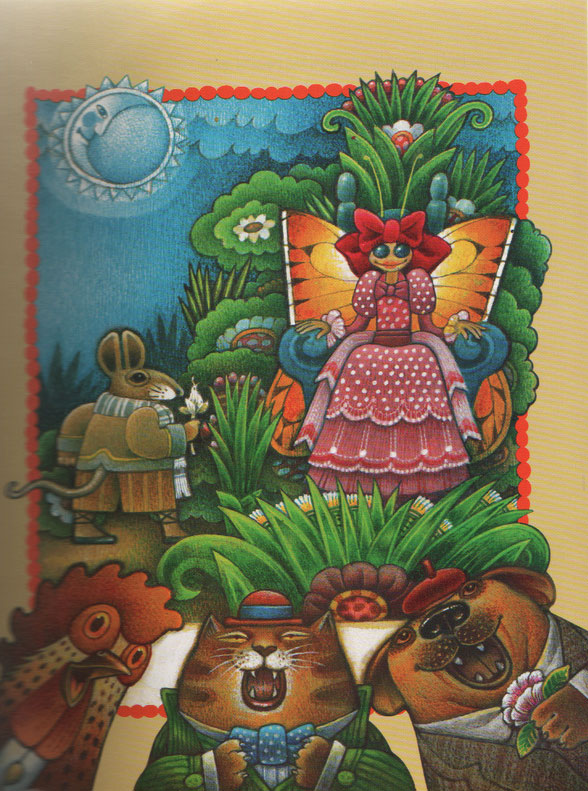Tales Our Abuelitas Told: A Hispanic Folktale Collection by F. Isabel Campoy and Alma Flor Ada
Campoy, F. Ada, A. (2006). Tales our abuelitas told: A Hispanic folktale collection (F. Davalos, V. Eseriva, S. Guevara, L. Torres, Illus.) Atheneum Books for Young Readers.
From the
first page, one can tell that this anthology was made with a lot of heart. Written
by two authors, the twelve stories included are from a range of Hispanic cultures
showcasing the diversity within the Hispanic label itself since it spread to
multiple countries. This is clearly part of the purpose of the anthology, which
is explained in an introduction that goes through the history of Hispanic
culture as a whole with all of its influences and the importance of story. The
authors state, “Through stories people share their dreams, their hopes, and the
lessons they learn from life, and also their celebration of the imagination and
the ingenuity of a well-told tale.” Their stance on stories is clear which
illuminates their reason for putting this anthology together and for retelling
the stories of their childhood and culture. There passion is obvious, so it is
no surprise that each story is treated with care. At the end of every tale is an
explanation of the origins of the tale, the adjustments the authors made in their
versions, and sometimes their personal connections. Through the introduction and
end notes, the reader can tell these authors are fully versed in the knowledge
needed to tell these stories with a form of authority. For some of the stories,
these authors have been immersed in them since childhood, while for others,
they took a full deep dive to trace the origins to get the stories as precise
as possible.
Through the
addition and organization of the text and notes, we see the care the authors put
into the anthology as a whole. In terms of each tale, they are told in a tone
that would match the traditional telling’s to emulate the way they would be
told in their origin. This is highlighted by the brief sections at the beginning
and ending of the book. We are provided with an insight into how these tales
were typically started and finished, including both the English and Spanish
translations. They explain why the original storytellers would start and end
their stories with these selected phrases: “To gain their full attention, the storyteller
begins with a phrase that seizes listeners’ imaginations.” To aid in the attempt
to keep things authentic, the illustrations provided for each story match the
tone and style of the tale, making most images different from each other in
terms of color and clutter. Every story gets at least one image to accompany
it, sometimes a few if the story is on the longer side. Some images attempt to capture
a single integral scene in the tale while others try to pack all important
images from the story into a single illustration. When it all comes together,
this book becomes a great anthology for those that can connect because they
were raised with the same stories or for those who want to learn more about
diversity and folklore of Hispanic cultures.


Comments
Post a Comment